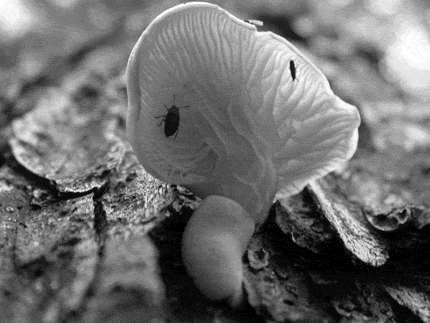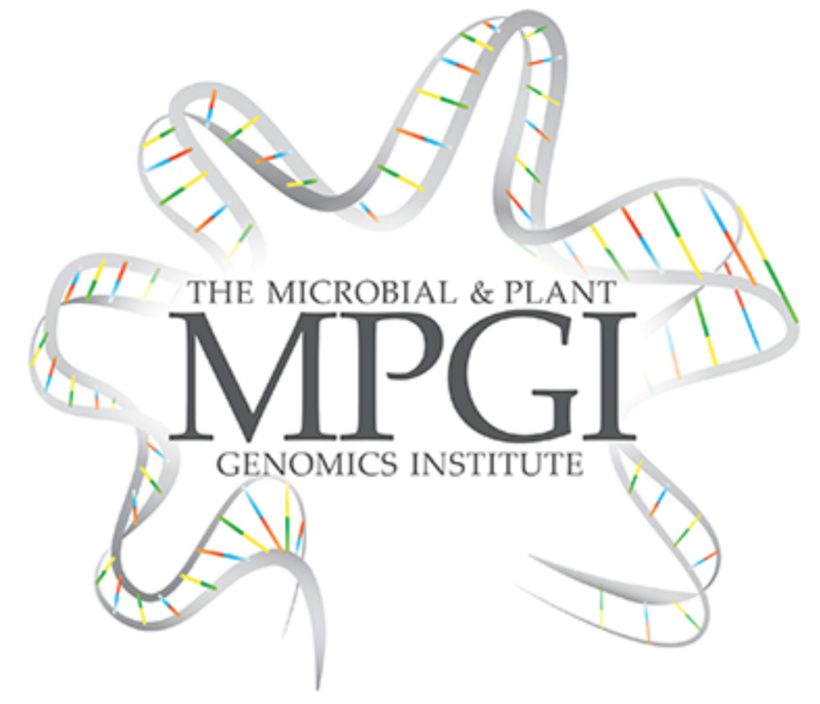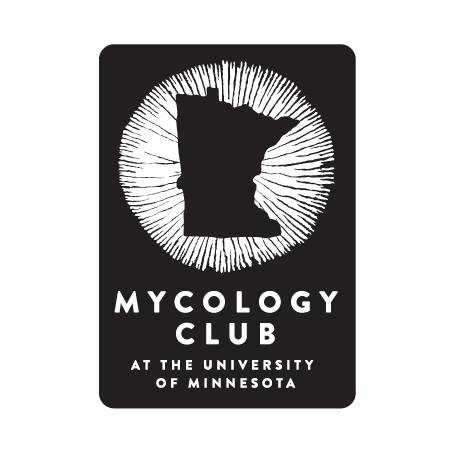About the Lab
Since 2006, our research at the University of Minnesota has been basic and applied mycology. We focus most of our efforts on fungi that decompose non-edible plant tissues like wood, with specific attention to the basics of how they metabolically transform carbon. Understanding that underlying biology is very important when prospecting new metabolites and pathways for biomass conversion and medicine. It also provides biological insight into terrestrial carbon dynamics. Carbon cycling shapes our climate. The more we know about plant decomposition, the better we will be at predicting how our climate will change – plants are the largest pool of biotic carbon on Earth.
The techniques we use in the laboratory combine old and new. Wood degradation research has been active for over 100 years, often with the focus on durability. Many techniques evolved in a pre-molecular (before DNA-based tools) era and focused as much on analyzing the changes in the plant tissues (lignocellulose) as they did on the fungi. These were often very clever benchtop techniques, and they remain extremely useful in our lab. With the proliferation of DNA- and RNA-based tools, we now have an amazing window into the fungal processes and community assembly dynamics driving these processes. This adds to the picture rather than supplanting the old view; therefore, we couple modern tools (barcode sequencing, transcriptomics, proteomics) with traditional techniques (structural carbohydrate analyses, wood solubility, fungal biomarkers). Basically, we use molecular tools to take a snapshot of possible fungal 'criminals,' but we boost their value using the tools of classic wood 'crime-scene investigation.'





